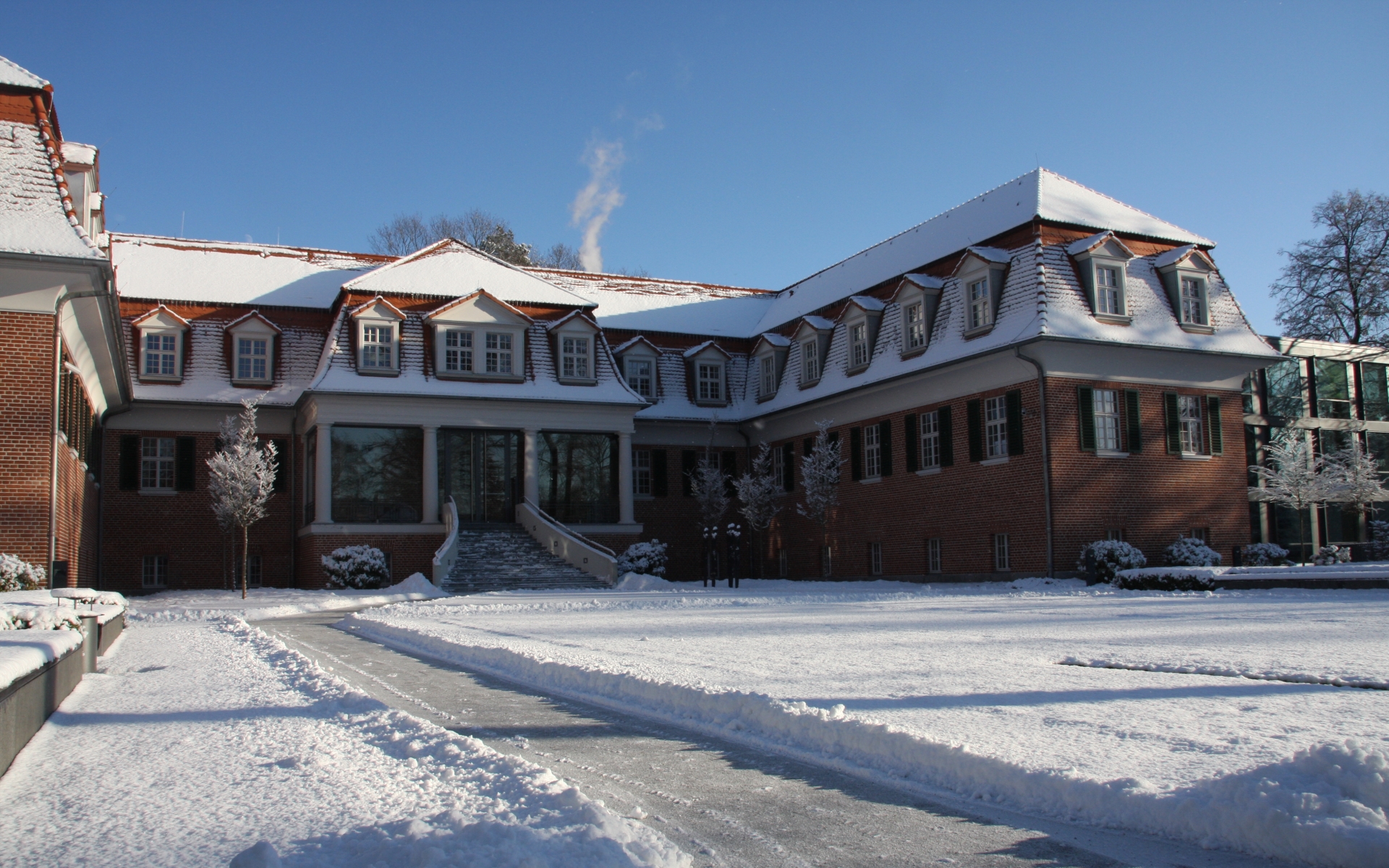As technology improves, it becomes more and more present in our everyday lives. Artificial Intelligence (AI) is a field of research that has existed for the past sixty years, but only recently has it become ubiquitous. In the current context we live in, AI is present in smartphones and many applications we use daily from search engines to image processing and recommendation engines. AI is finishing our sentences and learning our taste. The team, comprised of three graduate students from Stanford University and three ones from the Hasso Plattner Institute, has been approached by FutureWei Technologies to enhance human communication with Artificial Intelligence. Throughout the exploration of the problem space, the students surveyed technologies and applications that are equipped with Artificial Intelligence and noticed different modes of communication among people as well as between people and the technology equipped with AI. After exploring various user groups and potential applications of Artificial Intelligence such as language translation, self-reflection, remote communication and assistance in conversations, the student team focused on the communication within families, particularly between parents and children between the ages of three and five years. They found that there was scope for improvement in the communication between parents and children in this age group. Parents with children are familiar with the daily struggle of getting their children through routines and the negative home environment that develops as a result of poor communication. Children of this age are at a crucial stage in terms of the development of emotions, language, and sense of time. They need time to prepare themselves for transitions between activities and engagement to keep them from being distracted while going through these transitions. The parents, on the other hand, are concerned about their child’s schedule and getting them from place to place on time, while struggling with several other responsibilities, all while being tired and stressed out after a long day’s work. This discrepancy between the child’s need to prepare for change and the parent’s wish to move from task to task creates a lot of tension, stress, and negative communication in the household. We propose the system VAMO to solve this need. It signals an approaching transition to the child using light queues in the house, an association that the child learns, and provides them with a buffer time to prepare for upcoming changes. Once the buffer time expires, the system signals the child again and guides them to the desired location. This happens through a story told using milestones placed around the house on the path between the two activity locations. Artificial Intelligence is used to create personalized stories relevant to the child’s life to promote even further engagement by incorporating information about the child. To achieve this, we let the parents enter the following information into a mobile application to control the experience:
- Future events that the child does not know about, so it can be prepared for them.
- Past experiences, so the child can learn more about something interesting it saw.
- Child personality data to help the AI select relevant stories.
This information is incorporated into the story for an enriching experience. Thus, the routine stress and negative communication in the family is replaced by positive communication and engagement.

